AI reader for Traditional Chinese users - Traditional Chinese Text Analysis
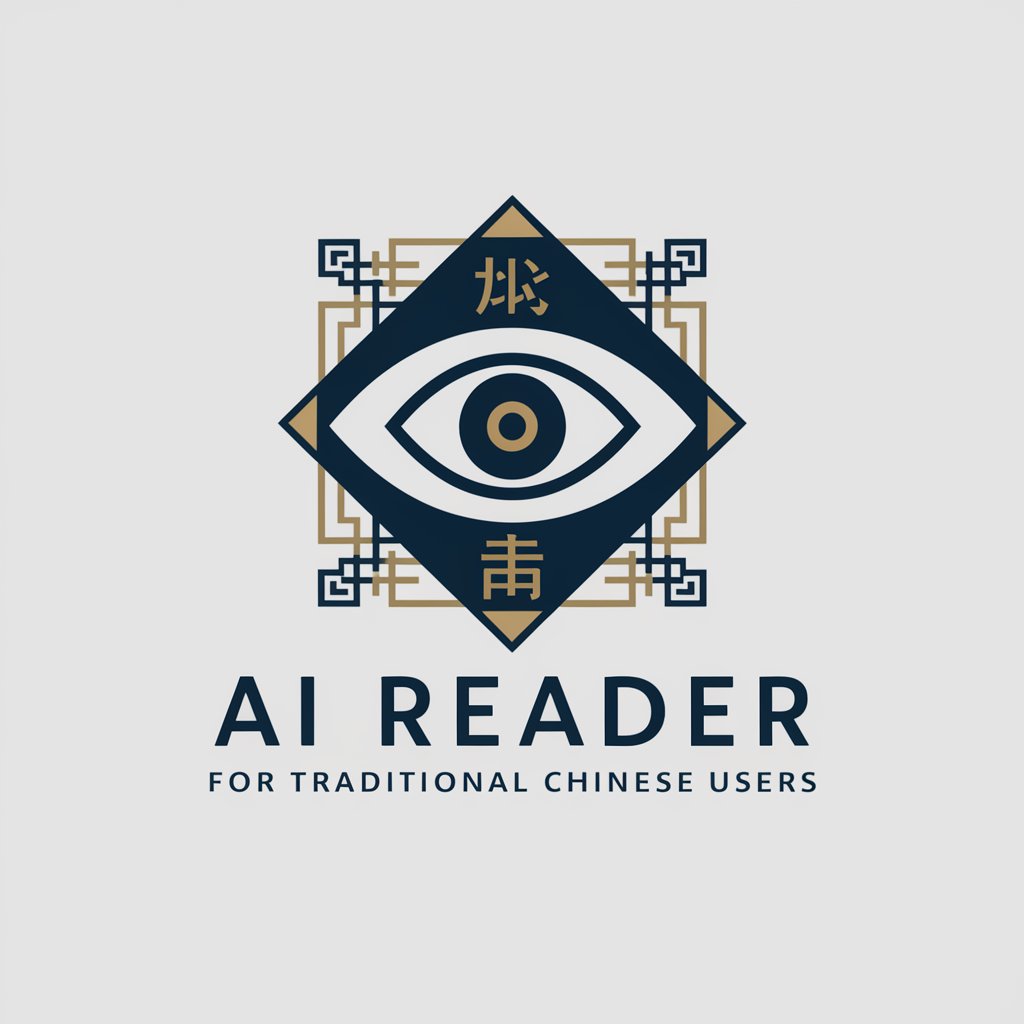
Hello! I'm here to help with concise summaries.
Empowering Traditional Chinese comprehension with AI
Summarize the main points of the following text:
Identify the key ideas discussed in this passage:
Distill the essence of this article into a concise paragraph:
List the most important topics covered in this text:
Get Embed Code
Introduction to AI Reader for Traditional Chinese Users
The AI reader for Traditional Chinese users is designed as a specialized tool aimed at enhancing the reading and comprehension experience for individuals who prefer content in Traditional Chinese. This AI is equipped with advanced language processing capabilities tailored to understand, interpret, and summarize text in Traditional Chinese, making it particularly useful for users seeking to quickly grasp the essence of large volumes of text. It's built to assist in a variety of scenarios, ranging from academic research, reading news articles, to understanding complex reports, by providing concise summaries and highlighting key points. An example scenario could involve a user who is researching a topic for academic purposes but is faced with numerous lengthy documents. The AI reader can summarize these documents, extracting crucial information, thus saving the user considerable time and effort. Powered by ChatGPT-4o。

Main Functions and Use Cases
Summarization
Example
An academic researching Traditional Chinese literature might use the AI to condense long texts into brief summaries, highlighting major themes, characters, and plot developments.
Scenario
This function is applied when users are faced with extensive reading materials but have limited time. It enables them to understand the main points without reading the entire text.
Key Point Extraction
Example
A journalist might use the AI to quickly extract important facts and figures from a lengthy government report on public health, which is published in Traditional Chinese.
Scenario
This is useful in situations where precision and speed are critical, allowing users to immediately identify and utilize the most relevant information.
Language Comprehension and Interpretation
Example
Non-native speakers attempting to understand complex Traditional Chinese texts might use the AI to interpret and explain difficult passages in simpler terms.
Scenario
This helps users who are learning Traditional Chinese or those who may not be fully proficient, to better understand nuanced or complex texts.
Ideal User Groups
Academics and Researchers
This group benefits from the AI's ability to quickly summarize and extract key points from extensive research papers or documents, facilitating their study and understanding of specific topics.
Journalists and Writers
Journalists and writers who work with Traditional Chinese content can utilize the AI to sift through large amounts of information efficiently, aiding in the research phase of their writing process.
Learners of Traditional Chinese
Individuals learning Traditional Chinese can use the AI to enhance their comprehension skills, especially when faced with complex texts beyond their current level of proficiency.

How to Use AI Reader for Traditional Chinese Users
1
Visit yeschat.ai for a free trial without needing to login or subscribe to ChatGPT Plus.
2
Select the 'Traditional Chinese Reader' option from the available tools to start using the AI reader designed specifically for Traditional Chinese texts.
3
Upload or paste the text you wish to have analyzed or summarized. The AI can handle a wide range of text types, from academic papers to news articles.
4
Choose the specific function you need, such as summarization, keyword extraction, or text interpretation, to get the desired output.
5
Review the generated results. You can make adjustments to the settings and reprocess the text for different outcomes as needed.
Try other advanced and practical GPTs
Guide Literie Bot
AI-Powered Bedding Recommendations at Your Fingertips
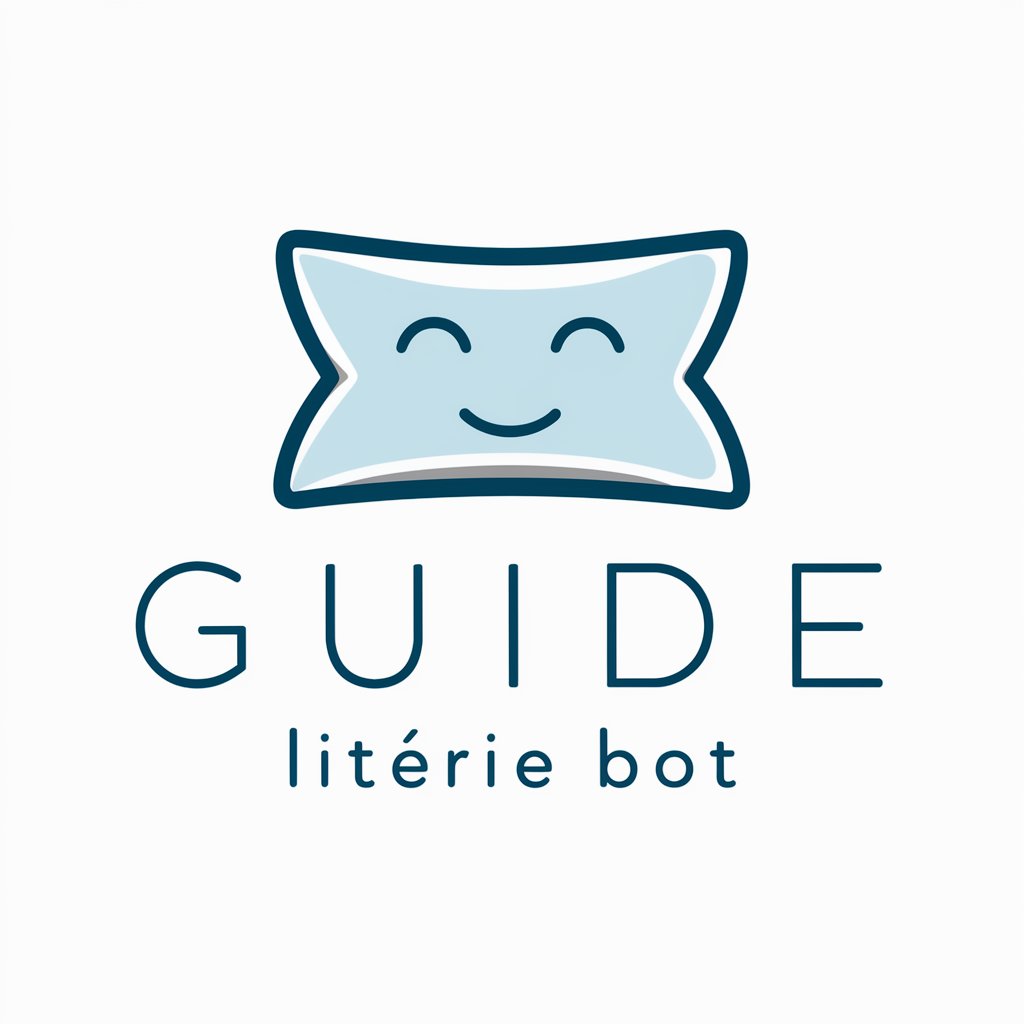
OpenAPI spec issues
Streamlining API Development with AI
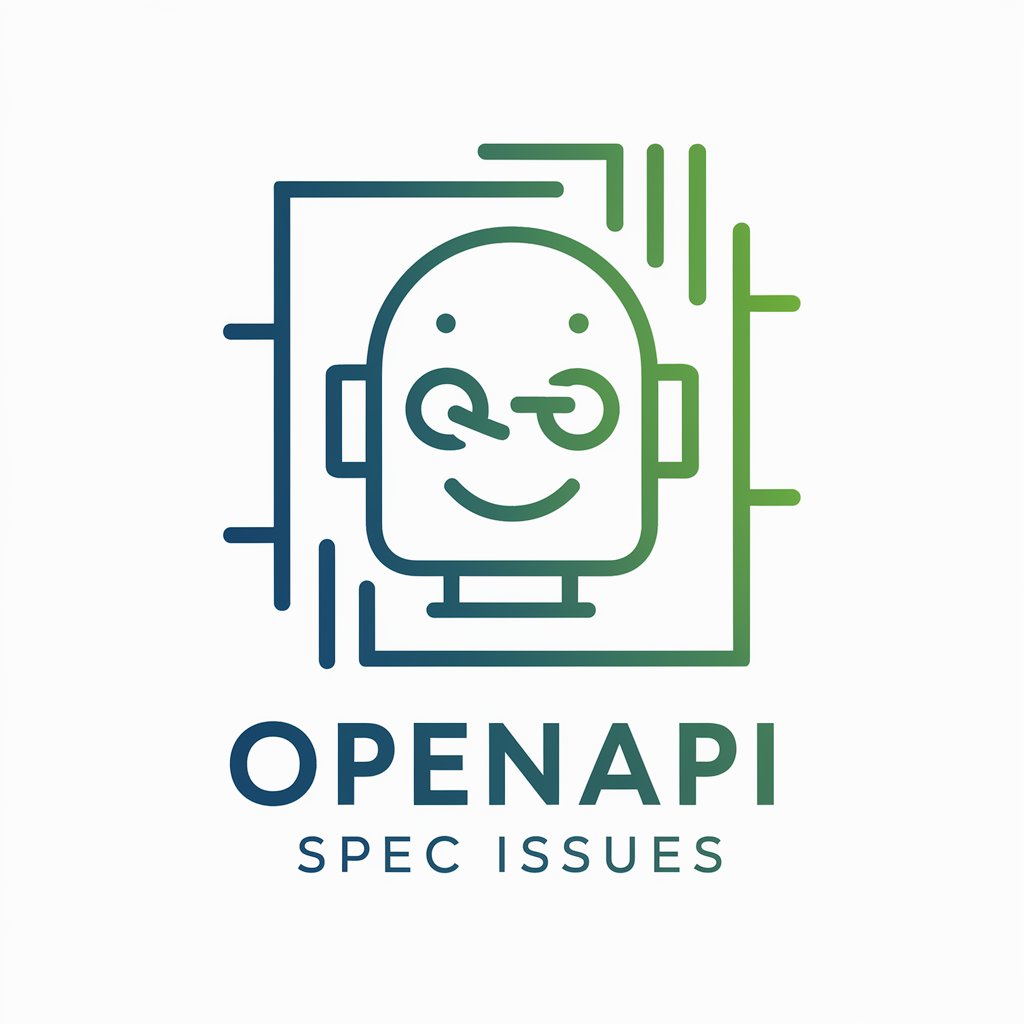
Rescue AI
AI for Emergency Insight and Action

网站营销助手
Empower Your E-commerce with AI-driven Marketing

"तत्पर अभियंता"
Empower your creativity and productivity with AI.
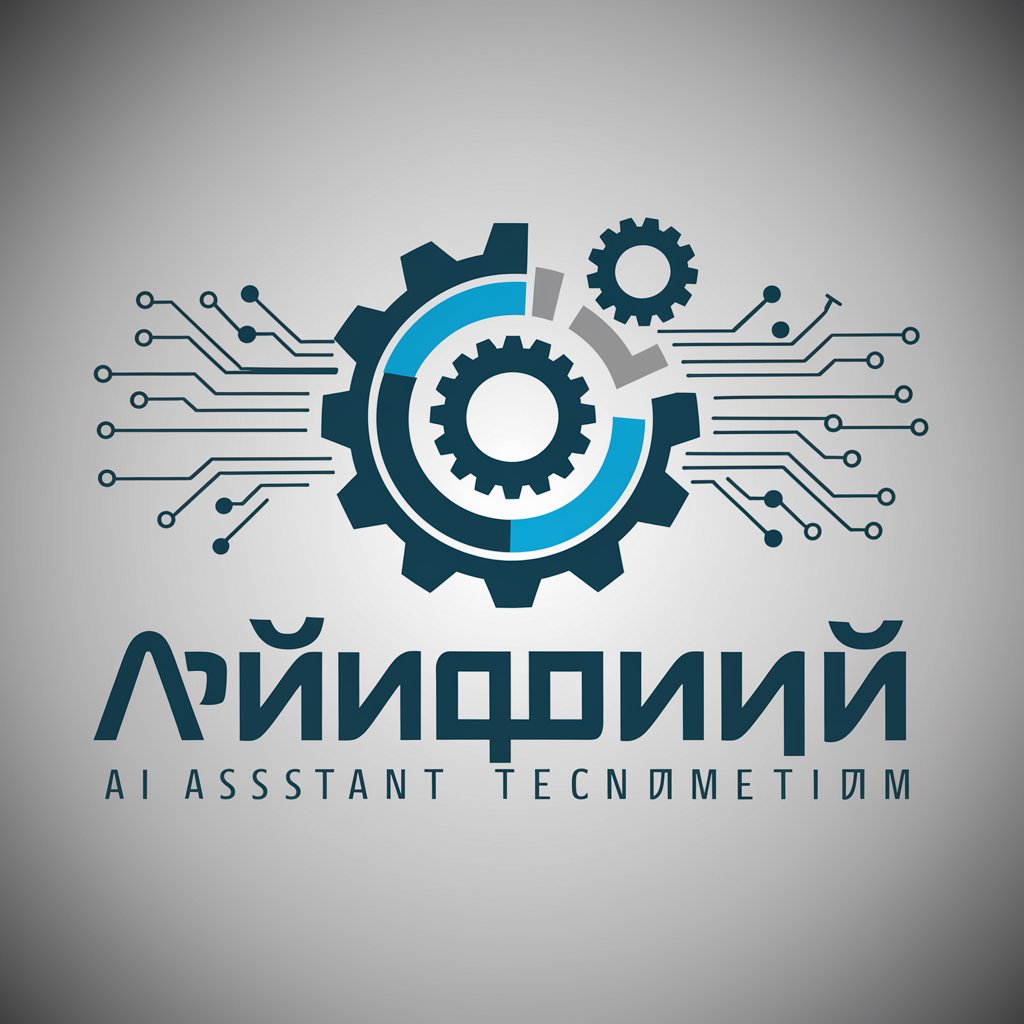
Playbook Pré-Vendas YUNGAS
Empowering Pre-Sales with AI Insights

Külsős Szövegíró
Elevate Your Writing with AI

GPT LEICHTE SPRACHE (deutsch)
Simplifying texts with AI-powered precision

HACCP Consulting & Food Safety
Streamlining Food Safety with AI

LinguaBuddy
Master Spanish with AI-Powered Conversations
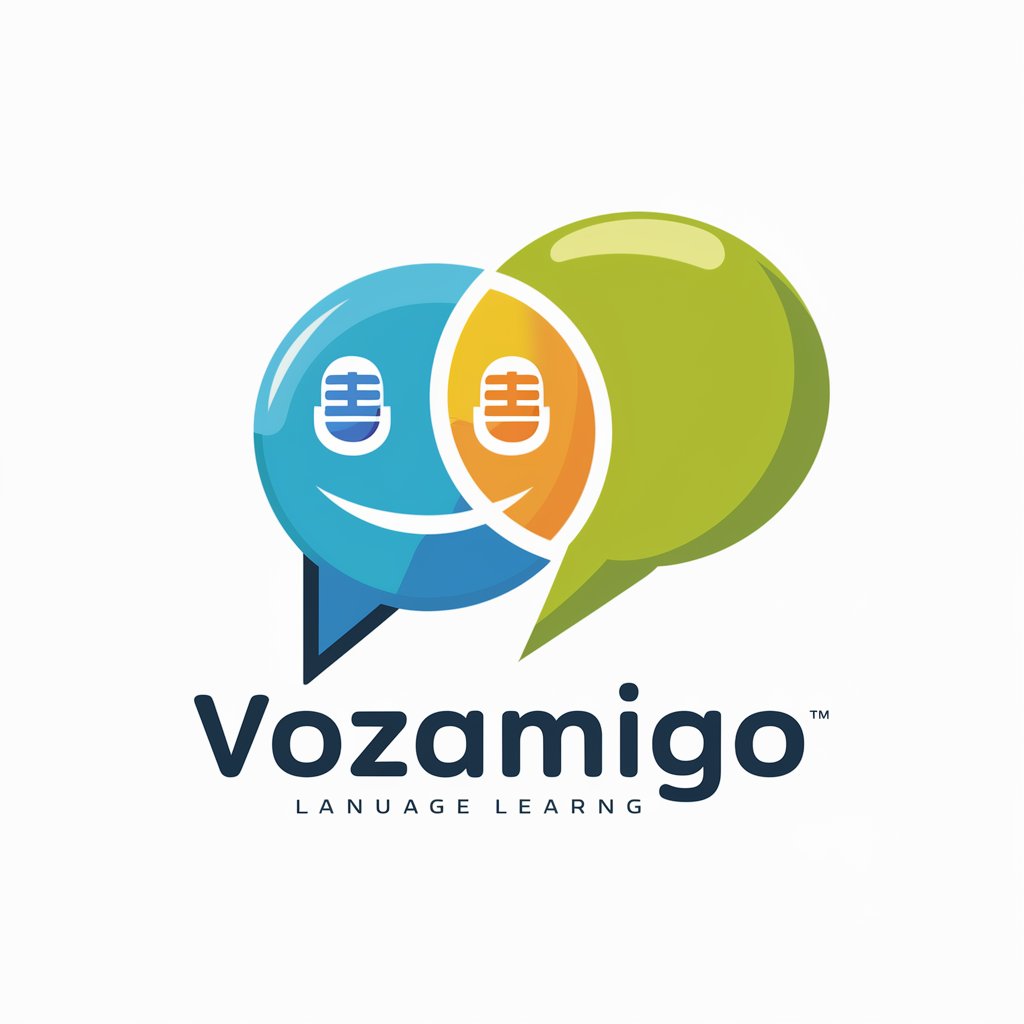
What to Read Next?
Discover Your Next Read with AI

Samuel-Ultragaz-Sac
Bringing energy to your doorstep with AI.

Frequently Asked Questions About AI Reader for Traditional Chinese Users
What makes the AI Reader for Traditional Chinese users unique?
It is specifically designed to handle Traditional Chinese text, employing advanced algorithms to understand and process complex characters and idioms unique to Traditional Chinese, ensuring accurate analysis and summarization.
Can I use the AI Reader for professional purposes?
Yes, the AI Reader is suitable for a variety of professional applications, including academic research, content creation, and business intelligence, providing in-depth analysis and insights into Traditional Chinese texts.
Is there a limit to the amount of text I can process?
While there may be a limit for free trials, premium subscriptions offer extended or unlimited text processing capabilities, catering to users with higher volume needs.
How accurate is the AI Reader's analysis and summarization?
The AI Reader offers high accuracy in its analysis and summarization, utilizing state-of-the-art AI technologies. However, the accuracy can depend on the complexity and clarity of the input text.
Can the AI Reader translate Traditional Chinese texts into other languages?
While its primary function is to analyze and summarize Traditional Chinese texts, some versions or additional features might include translation capabilities into various languages, enhancing its utility for non-Chinese speakers.
